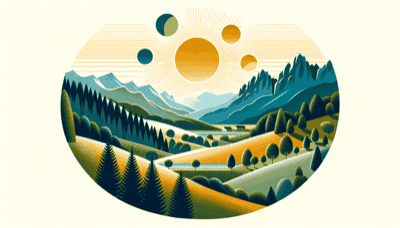We're here to help you keep count of the days to or since a date. Just click the button below and enter your chosen date to get started. Also choose the suggested days or search for a special day above #countingthedays

The June Solstice, also known as the Summer Solstice in the Northern Hemisphere, occurs when the Earth's axial tilt is closest to the sun. In Guyana, which is located close to the Equator, this event typically happens around June 20th or 21st each year. The specific date and time of the solstice vary slightly due to the leap year cycle.
Guyana's history is a rich tapestry of Indigenous, African, Indian, and European influences due to its colonial past. While there are no widespread traditional celebrations directly associated with the June Solstice itself in Guyanese culture, it does mark an important astronomical event and seasonal milestone.
In contemporary Guyana, the day is not a public holiday and generally passes without any significant nationwide customs or festivities linked specifically to the solstice.
However, for those in agriculture or with a keen interest in nature and astronomy, it may still hold importance as it signifies a change in daylight hours and weather patterns. Some individuals may take note of the longest day of the year through personal reflection or by enjoying outdoor activities that capitalize on extended daylight.
Local indigenous communities might pay closer attention to these natural cycles due to their historical reliance on and connection to the land and environment. However, any specific rituals or observances would be more community-specific rather than national.
As such, for most Guyanese people, life continues as usual on this day with regular work and daily activities taking precedence over any solstice-specific traditions.